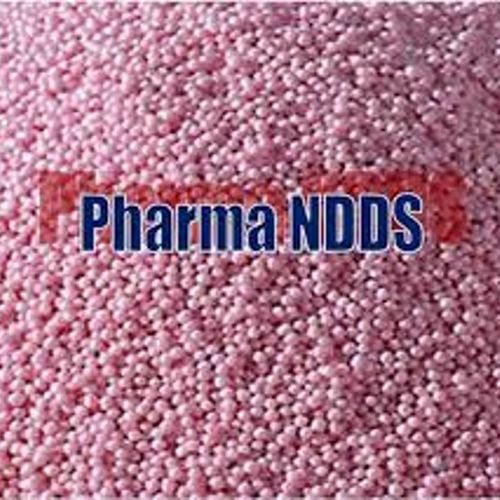Novel Drug Delivery Systems (NDDS)
May 08, 2023 · 2 mins read
0
Share

The scope of novel drug delivery systems (NDDS) is quite broad and encompasses a variety of approaches to deliver drugs in a more targeted and effective manner. The primary goal of NDDS is to improve the pharmacokinetic and pharmacodynamic properties of drugs.
Save
Share
NDDS can be categorized into various types, including:
Save
Share
- Controlled Release Systems: These systems are designed to release the drug in a controlled manner over an extended period of time. Examples include transdermal patches, implants, and micro/nanoparticles.
Save
Share
2. Targeted Drug Delivery Systems: These systems deliver drugs specifically to the site of action, such as tumor cells or inflamed tissues, while sparing healthy cells. Examples include liposomes, dendrimers, and antibodies.
Save
Share
3. Carrier-Based Drug Delivery Systems: These systems involve the use of carrier molecules to improve the solubility, stability, and bioavailability of drugs. Examples include cyclodextrins, lipid-based formulations, and polymeric nanoparticles.
Save
Share
4. Novel Routes of Administration: These include non-invasive and less invasive routes of drug delivery, such as oral, transdermal, nasal, and pulmonary routes.
Save
Share
Overall, the scope of NDDS is vast and continues to expand with the development of new technologies and strategies for drug delivery. NDDS has the potential to revolutionize drug therapy by improving the efficacy and safety of drugs and

enhancing patient compliance.
Save
Share
0